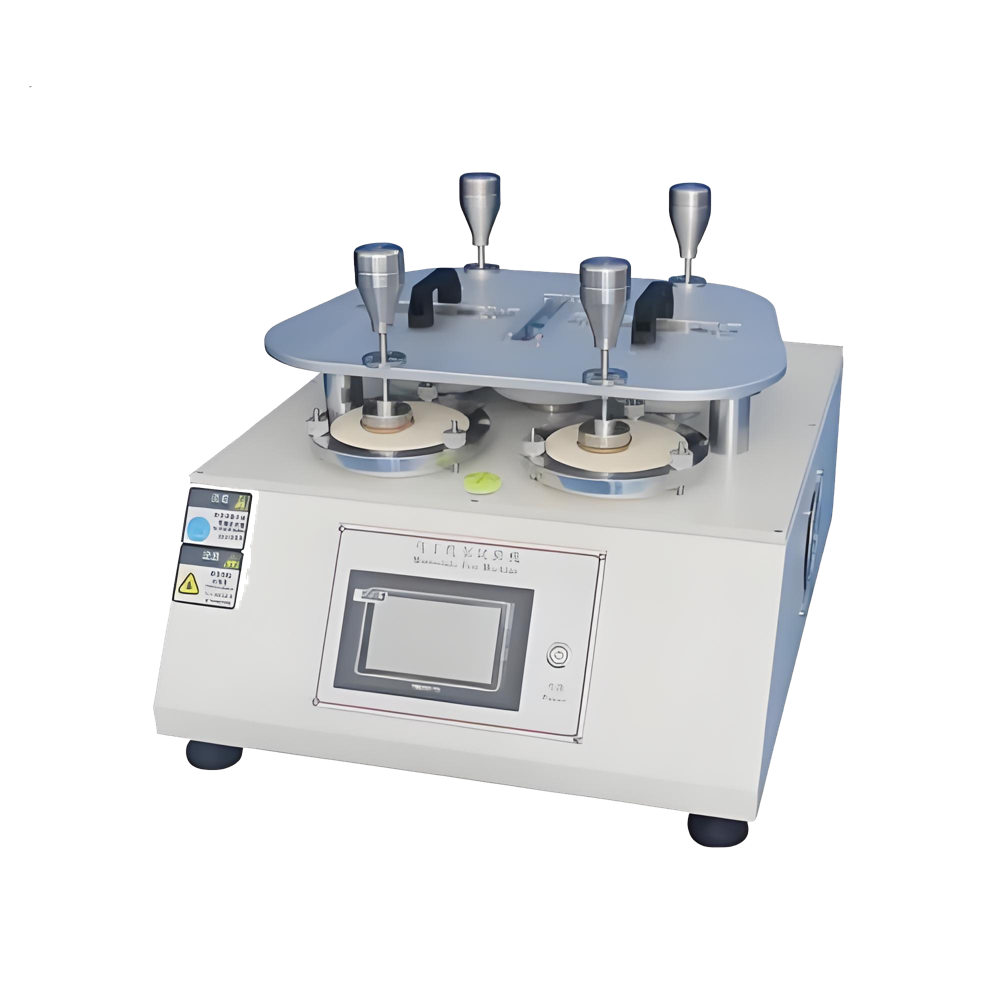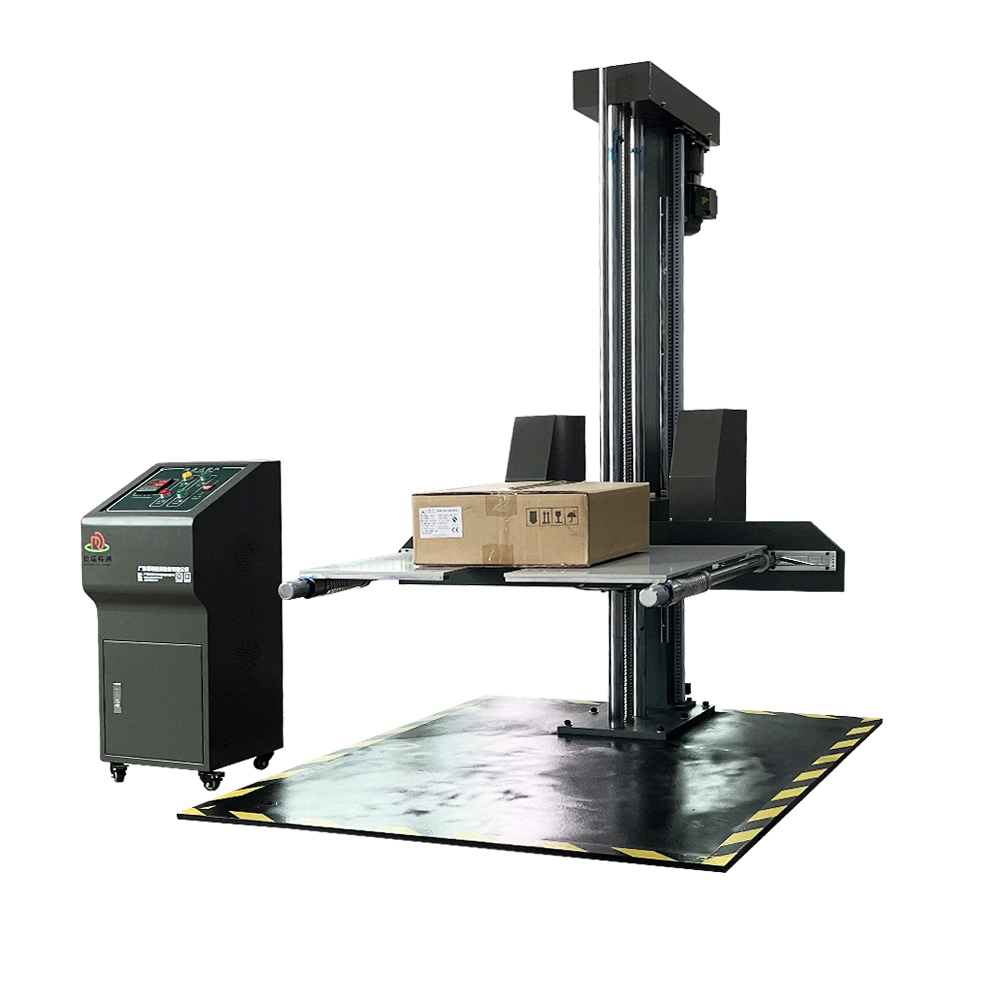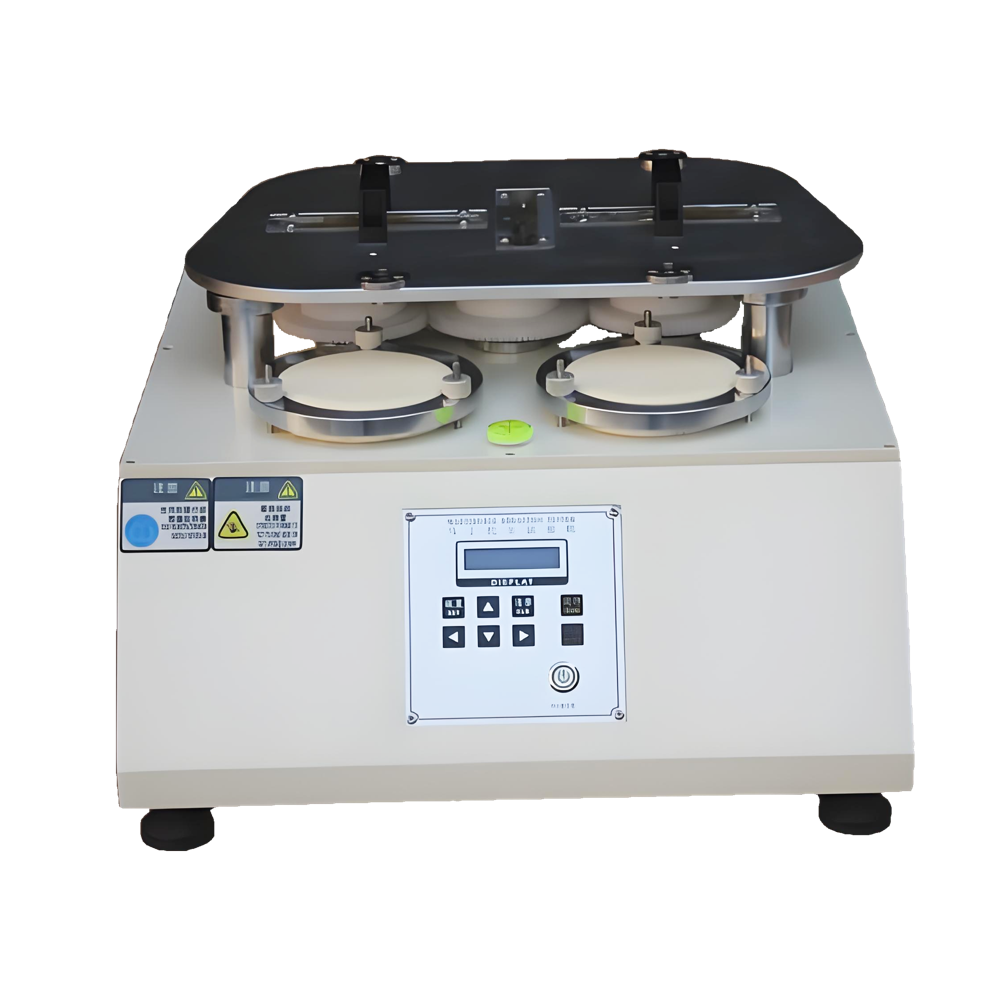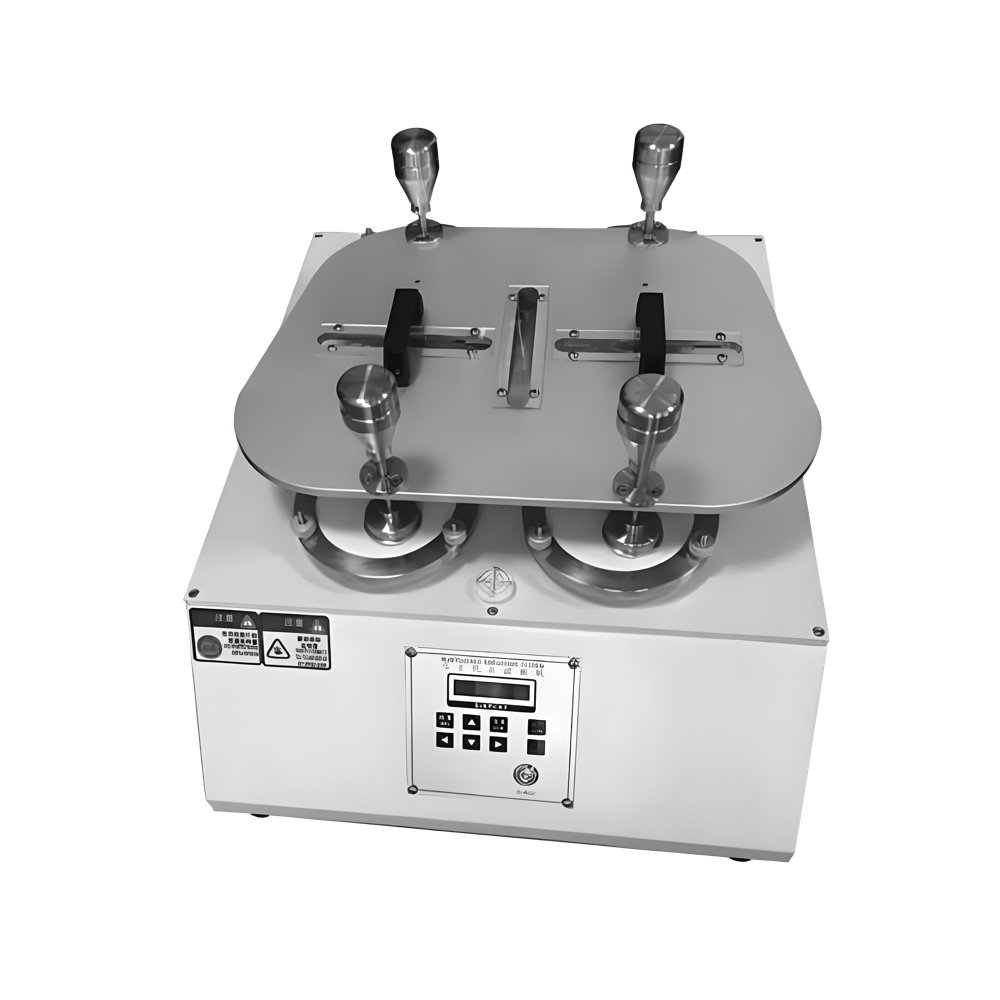
fabric textile martindale abrasion pilling tester
138005.0 INR/Unit
Product Details:
X
fabric textile martindale abrasion pilling tester Price And Quantity
- 138005.0 INR/Unit
- 1 Unit
fabric textile martindale abrasion pilling tester Trade Information
- Cash in Advance (CID)
- 100 Unit Per Month
- 5 Days
- All India
Product Description
Technical parameters:
| Model | DR-J803-1 Martindale Abrasion Tester |
| Station number | 4 station , 6 station , 8 station , 9 station (custom) |
| Count display | a. Estimated counting:0~999999 times |
| b. Total counting:0~999999 times | |
| Maximum dynamic range | 240.5mm ,60.50.5mm |
| Weight of pressure thing | a.Gripper:2001g |
| b. Cloth samples hammer:3952g | |
| c. Furniture accessories sample hammer:5942g | |
| d. Stainless steel butterfly piece:2601g | |
| Effective friction diameter of grinding block | A type: 200g (1.96N) friction head 28.8-0.084mm |
| B type: 155g (1.52N) friction head 90-0.10mm | |
| The relative velocity of Gripper and the grinding station | 50-2r/min |
| Weight of pressure hammer | 238510g |
| Dimensions | 885mm600mm410mm(LWH) |
| Weight | 150kg |
| Power | Ac220V,50Hz |
The Martindale abrasion pilling tester for textiles is a specialized instrument used to test the wear resistance and pilling performance of fabrics under friction. It simulates the wear and tear of fabrics caused by friction during daily use, and evaluates whether the fabric surface is prone to fuzzing, pilling, and other phenomena. This tester is widely used in industries such as textiles, clothing, and home textiles, and is a commonly used equipment for detecting fabric quality and durability.
major function
Wear resistance test:
Test the wear resistance of the fabric by simulating its wear under friction. The equipment uses standard friction discs to rub against fabric samples and tests whether there will be significant wear or damage under a certain number of frictions.
Pilling and pilling test:
During the friction process, test whether there will be plush, pilling, and other phenomena on the surface of the fabric. Pilling and pilling are common quality issues in textiles during long-term wear, use, or cleaning processes. This instrument can evaluate the pilling tendency of fabrics and provide evaluations according to standard regulations.
Digital control:
The digital Martindale tester is usually equipped with a digital control system that can accurately set the number of friction cycles, load, and friction speed. Easy to operate, accurate and reliable test results.
Automated testing:
The functions of automatic counting and automatic stopping reduce manual intervention, improving testing efficiency and accuracy.
Data recording and report generation:
This instrument can record the data generated during the testing process and generate detailed testing reports. Users can view information such as the number of friction cycles tested, the degree of wear of the sample, and the degree of pilling and fuzzing.
Working principle
Friction principle: Place the sample on a Martindale tester and make contact with a standard friction disc. The device repeatedly rubs the friction disc against the sample surface through a set load and friction frequency.
During the friction process, the surface of the fabric will experience a certain degree of wear, and there may also be pilling or pilling phenomena. The instrument evaluates the durability and comfort of fabrics based on the number of frictions and the degree of change in the sample.
main features
High precision testing control:
By adopting a digital control system, it is possible to accurately set the parameters of the test, including load, friction frequency, speed, etc., to ensure the accuracy and repeatability of the test results.
Multi functional design:
In addition to conventional wear resistance and pilling tests, some high-end equipment can also undergo other performance tests, such as tear strength, friction coefficient, etc.
Easy to operate:
The digital display interface makes device operation more intuitive. Users only need to set relevant parameters and start testing, and the instrument will automatically perform the corresponding tests, reducing human errors in operation.
High efficiency and automation:
The automation function eliminates the need for frequent manual intervention during the testing process, and the equipment can automatically complete the testing and record data, making it suitable for high-throughput testing needs.
Data analysis and reporting:
The advanced Martindale tester can automatically generate test reports, including detailed analysis data, for users to carry out subsequent quality control and improvement.
application area
Textile and clothing industry:
In the textile industry, the Martindale abrasion pilling tester is used to test the wear resistance and pilling performance of various fabrics, such as shirt fabrics, denim fabrics, sportswear, etc. Especially for clothing fabrics with high consumer demands, this test is crucial.
Home textile products:
Home textiles such as bed sheets, pillowcases, curtains, sofa covers, etc. need to withstand long-term friction. The Martindale test can evaluate the durability of these products and help manufacturers improve product quality.
Automotive interior:
The wear resistance and pilling performance of car seats and other fabric materials inside the car have a significant impact on their comfort and durability, and the tester helps ensure the performance of interior fabrics under long-term use.
Carpet and flooring materials:
Carpets, floor mats, and other fabrics often require abrasion resistance testing. The Martindale test can evaluate whether carpets are prone to wear and tear or pilling during daily use, ensuring their service life.
Common standards
ISO 12947 It is a commonly used Martindale testing standard internationally, suitable for testing the wear resistance and pilling of textiles.
ASTM D4966 American standard for Martindale abrasion resistance testing of textiles.
GB/T 3920 It is China's textile wear resistance standard, which specifies the specific requirements for testing using the Martindale method.
How to choose the appropriate Martindale tester
Select according to standard requirements:
Ensure that the equipment complies with industry standards (such as ISO, ASTM, etc.) to ensure the fairness and reliability of test results.
Automation level:
If frequent testing of samples is required, it is recommended to choose equipment with high automation capabilities, which can reduce manual intervention and improve testing efficiency.
Data recording and analysis function:
If detailed analysis of test data and generation of reports are required, it is recommended to choose instruments with data recording and analysis functions.
Scope and applicability of testing:
Different testing instruments can support different sample sizes and testing ranges. Choosing the appropriate equipment ensures that it can adapt to various types of fabric samples.
Tell us about your requirement

Price:
Quantity
Select Unit
- 50
- 100
- 200
- 250
- 500
- 1000+
Additional detail
Mobile number
Email








 English
English Spanish
Spanish French
French German
German Italian
Italian Chinese (Simplified)
Chinese (Simplified) Japanese
Japanese Korean
Korean Arabic
Arabic Portuguese
Portuguese